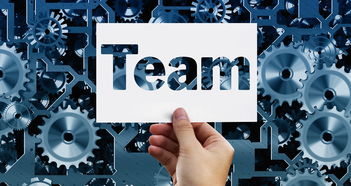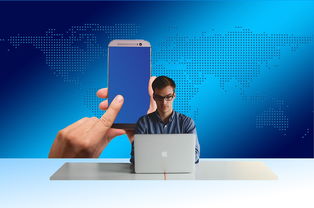In the contemporary world, technology has become an integral part of our daily lives, transforming the way we communicate, work, learn, and even entertain ourselves. The rapid advancement in technology has not only made our lives more convenient but has also opened up new possibilities and challenges. This essay aims to explore the various aspects of how technology has integrated into our everyday lives, highlighting both its benefits and potential drawbacks.

Communication and Social Interaction
One of the most significant impacts of technology on our lives is in the realm of communication. The advent of smartphones and social media platforms has revolutionized how we connect with others. Instant messaging, video calls, and social networking have made it possible to maintain relationships across vast distances, fostering a sense of global community. However, this convenience has also led to concerns about privacy and the quality of interactions, as face-to-face communication is sometimes replaced by digital exchanges that can lack the depth and nuance of personal encounters.
Work and Productivity
Technology has also transformed the workplace, making it more efficient and flexible. Automation and artificial intelligence have streamlined many tasks, reducing the need for manual labor and allowing workers to focus on more complex and creative aspects of their jobs. Remote work has become increasingly common, thanks to high-speed internet and collaboration tools that enable teams to work together regardless of their physical location. This flexibility can lead to a better work-life balance, but it also poses challenges in maintaining professional boundaries and ensuring effective communication among distributed teams.
Education and Learning
The education sector has been significantly impacted by technology, with online learning platforms offering a wealth of resources and courses to students worldwide. E-learning has democratized access to education, allowing individuals to learn at their own pace and from anywhere with an internet connection. Interactive educational tools and software can also cater to different learning styles, making education more personalized and engaging. However, the digital divide remains a challenge, as not all students have equal access to the necessary technology and internet connectivity to benefit from these resources.
Health and Wellness
Technology has also played a crucial role in healthcare, improving diagnostics, treatment, and patient care. Telemedicine allows patients to consult with healthcare professionals remotely, which is particularly beneficial in rural or underserved areas. Wearable devices and health apps can monitor vital signs and encourage healthier lifestyles by providing feedback and motivation. While these advancements have the potential to improve public health, they also raise questions about data security and the potential for over-reliance on technology at the expense of human touch in healthcare.
Entertainment and Media
The entertainment industry has been彻底ly transformed by technology, with streaming services providing access to a vast array of movies, TV shows, and music at the click of a button. Virtual and augmented reality offer immersive experiences that blur the lines between the digital and physical worlds. While this has expanded our access to entertainment and cultural content, it has also led to concerns about the impact on traditional media outlets and the potential for increased screen time to affect mental health and social skills.
Conclusion
The integration of technology into our everyday lives is a complex and multifaceted phenomenon. It has brought about incredible advancements that have made our lives more convenient, connected, and informed. However, it also presents challenges that we must navigate carefully, such as privacy concerns, the digital divide, and the balance between technology and human interaction. As we continue to embrace technological advancements, it is essential to consider these implications and strive for a future where technology enhances our lives without compromising our values and well-being. By doing so, we can ensure that technology serves as a tool for progress and not a barrier to the rich, diverse experiences that make life meaningful.









